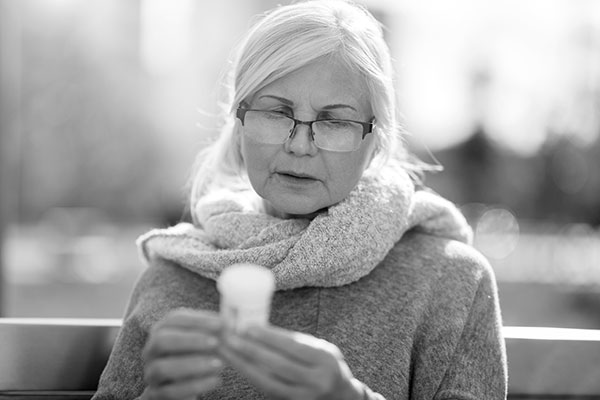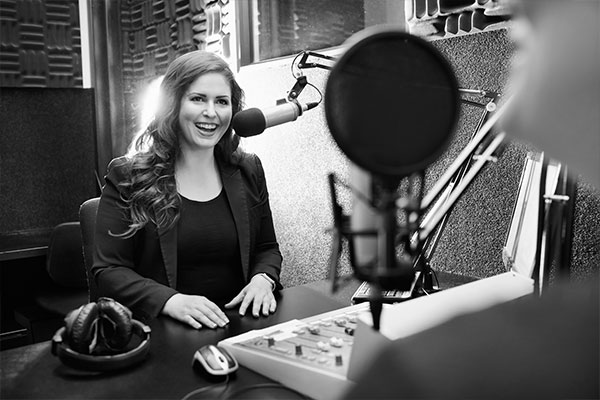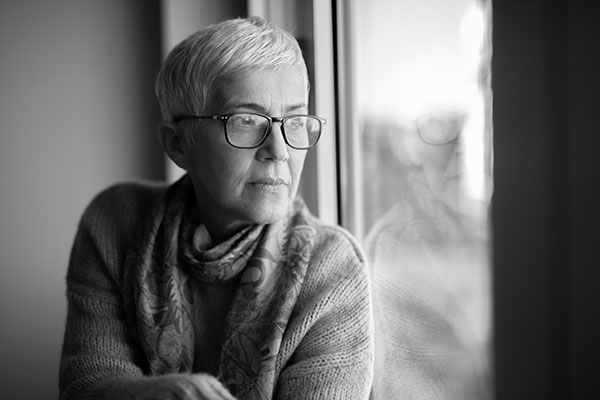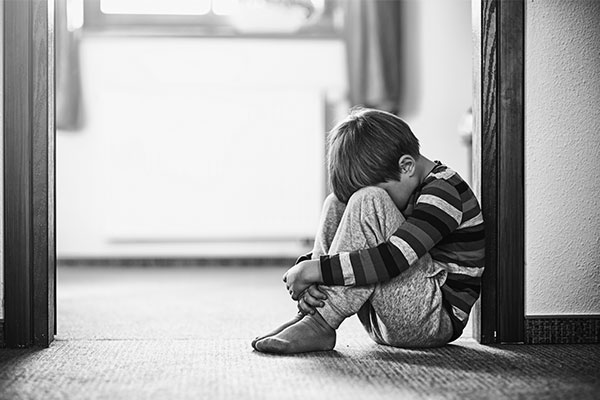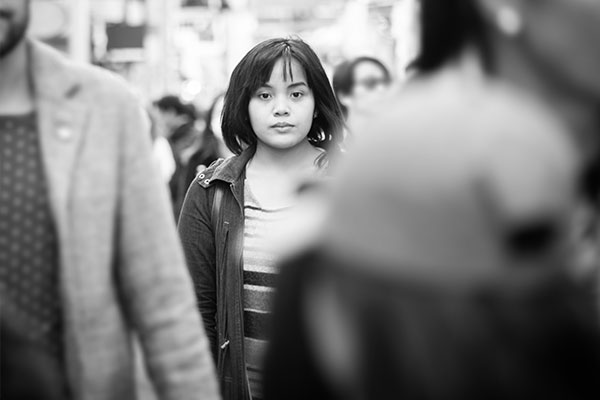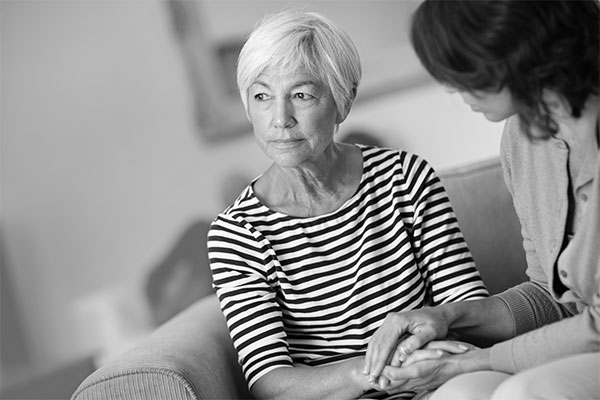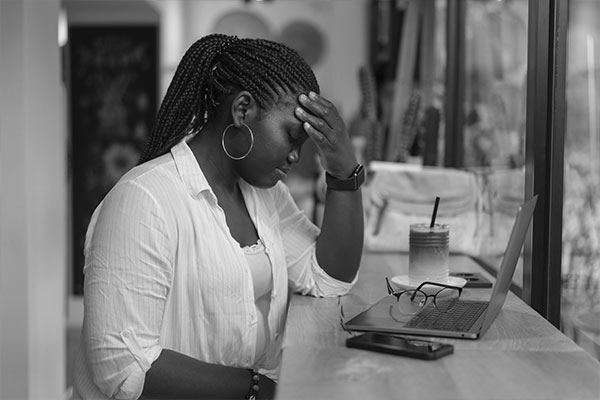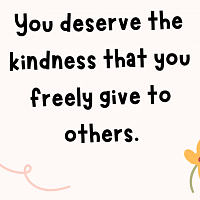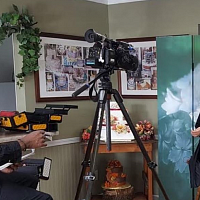Treatment-Resistant Depression

Everyone gets down from time to time, but feelings of sadness that last two or more weeks may be a sign of clinical depression. It is a real and serious health condition that affects more than 20 million American adults each year.[1]
These are signs and symptoms of depression:
- Persistent sad, anxious, or empty mood
- Feelings of hopelessness or pessimism
- Feelings of guilt, worthlessness, or helplessness
- Loss of pleasure or interest in once-enjoyable activities, including sex
- Little or no appetite and weight loss, or overeating and weight gain
- Restlessness and/or irritability
- Difficulty concentrating, remembering things, or making decisions
- Loss of energy, fatigue, or being “slowed down”
- Insomnia, early-morning awakening, or oversleeping.
Can depression be treated?
Depression is highly treatable with treatments such as therapy, medicine, and lifestyle changes. But it may not always be easily treated. For many people, depression may continue despite treatment. They may have treatment-resistant depression or TRD. This happens when medicine partly relieves their symptoms or does not help at all.
How is TRD treated?
If treatment hasn’t yet worked for you, do not give up! Try to stay hopeful that you will get well and even recover. Consider these options and talk to your doctor about which treatments may be right for you.
- Medicine. Medicine can ease depression symptoms. But the first medicine you take may not be the right one for you. If you still have symptoms after initial antidepressant treatment, you should not give up. It may take some time for the medicine to start working, or it might help to change the amount you take. Or you may need to try several different medicines, take more than one medicine, or add other forms of treatment, such as psychotherapy. Keep in mind that finding the right medicine(s), or combination of treatments for TRD, can take some time.
- Psychotherapy. A trained mental health professional helps you talk about your moods and behaviors. Therapy can offer you new ways to manage stress and avoid negative events that can set off depressive symptoms.
- Support Groups. Talking with other people who also have depression may help you feel less alone and more informed about your illness and treatments. There are many local support groups for people with depression.
- Neurostimulation. Neurostimulation is becoming an option for people who have tried a variety of antidepressants, but they didn’t work, only partly worked, or stopped working.
Vagus Nerve Stimulation (VNS) is one type of neurostimulation that has been approved as an additional treatment for long-term or recurrent depression in adults who have not had success with four or more antidepressant medicines. A device is put into the chest and sends an electrical current to the brain.
Electroconvulsive Therapy (ECT) is another type of neurostimulation. ECT can be helpful for people whose depression is severe or life-threatening and for people who cannot take antidepressant medicine.[2] Electrodes are placed on the head to deliver electrical impulses. ECT has been controversial, but has improved in recent years. It can help when antidepressant medicines do not work well enough. Researchers are also looking at other neurostimulation treatments, such as transcranial magnetic stimulation (TMS), magnetic stimulation therapy (MST), and deep brain stimulation (DBS).
Research Update
Researchers at the National Institute of Mental Health, part of the National Institutes of Health, are looking at the effectiveness of different treatments for people who still have symptoms from depression after they have already tried an antidepressant. The study has multiple phases. So far, they have released these results:
- One in three people were symptom-free with the first medicine they used.[3]
- One in three people became symptom-free with the help of an additional medicine.[4]
- One in four people became symptom-free after switching to a different medicine.[5]
- For those people who tried switching to a second medicine and still had symptoms, one in five of them then became symptom-free when they switched medicines again.[6]
The study shows that people who have tried antidepressants, but still have symptoms from depression, have a variety of medication options.
Tracy’s Story
For many weeks, I felt tired but couldn’t sleep. I didn’t feel like eating and felt sad all of the time. I stopped seeing friends and felt hopeless about my life. I knew something was wrong and talked to my doctor, who gave me a prescription for an antidepressant and suggested counseling. I started taking medicine and was in counseling, but after four months, I still didn’t feel a lot better. But I continued to work with my doctors, and as a team, we found a medicine that helped me. Gradually, I began to feel better. It was a long process, but with help, I was able to get through it.
Remember
- If treatment doesn’t work right away, don’t give up.
- You may need to change the amount of medicine you take, take more than one medicine or switch medicines, or try more than one treatment.
- If you’re taking medicine, don’t stop taking it on your own. Talk to you doctor first.
- Work closely with your doctor to find the best treatment for you.
This information is being provided through an educational (unrestricted) grant from Cyberonics, Inc.
[1] Kessler RC, Chiu WT, Demler O, Walters EE. Prevalence, severity, and comorbidity of twelve-month DSM-IV disorders in the National Comorbidity Survey Replication (NCS-R). Archives of General Psychiatry, 2005 Jun; 62 (6): 617-27.
[2] Frank E, Karp JF, Rush AJ (1993). Efficacy of treatments for major depression. Psychopharmacology Bulletin, 1993; 29:457-75.
[3] National Institute of Mental Health
[4] National Institute of Mental Health
[5] National Institute of Mental Health





